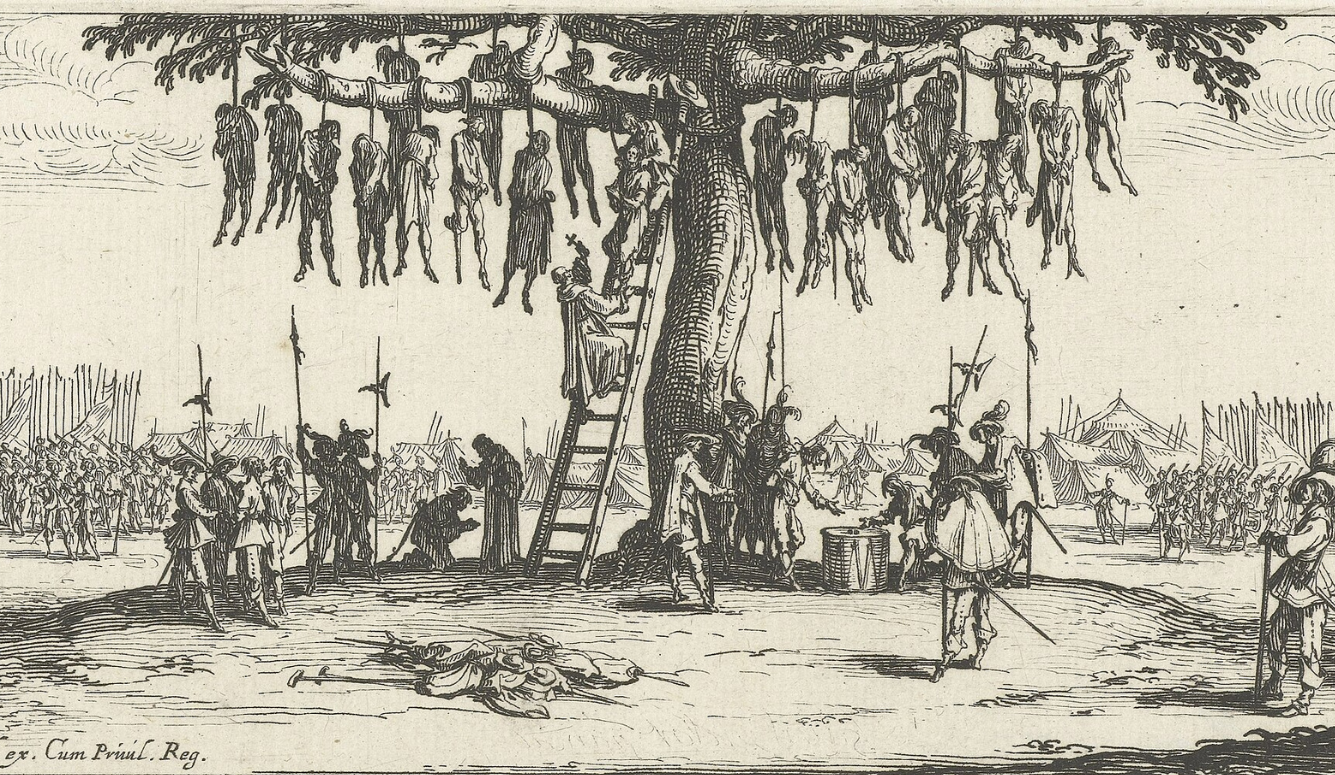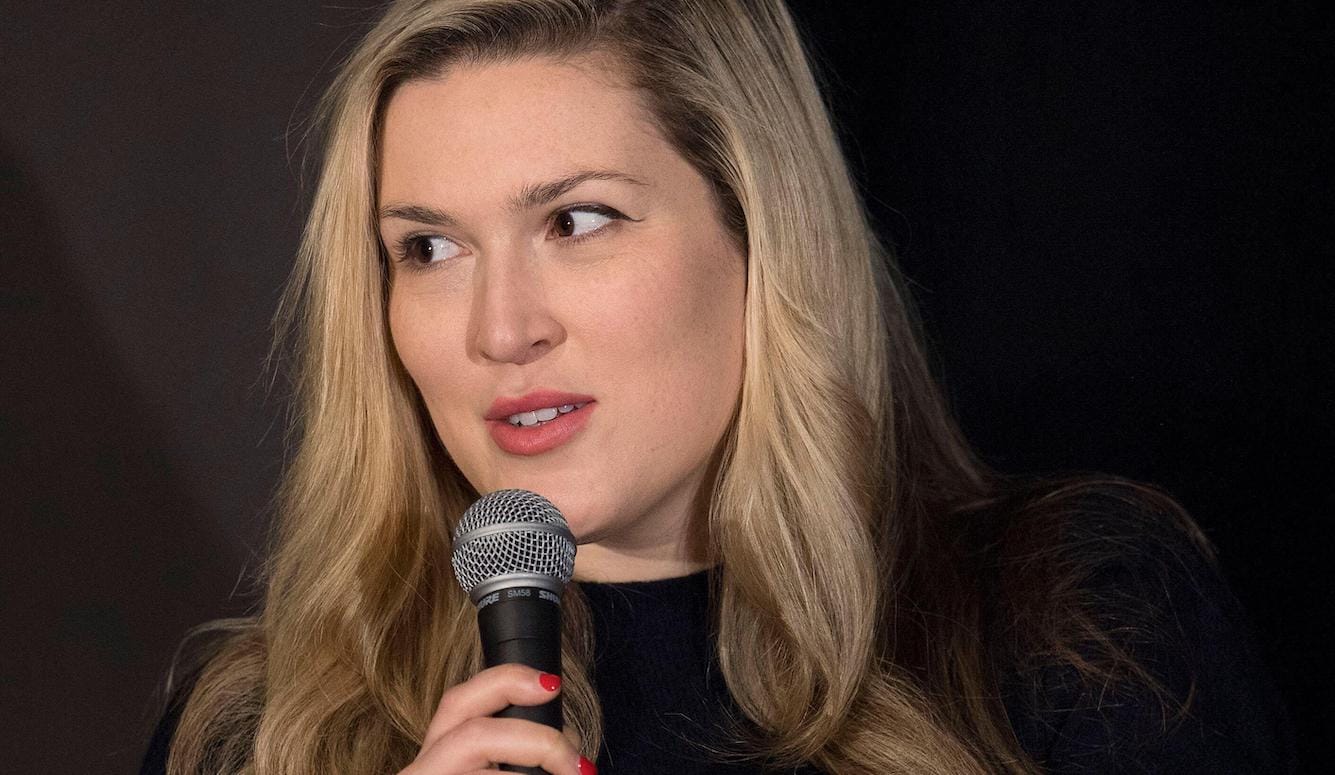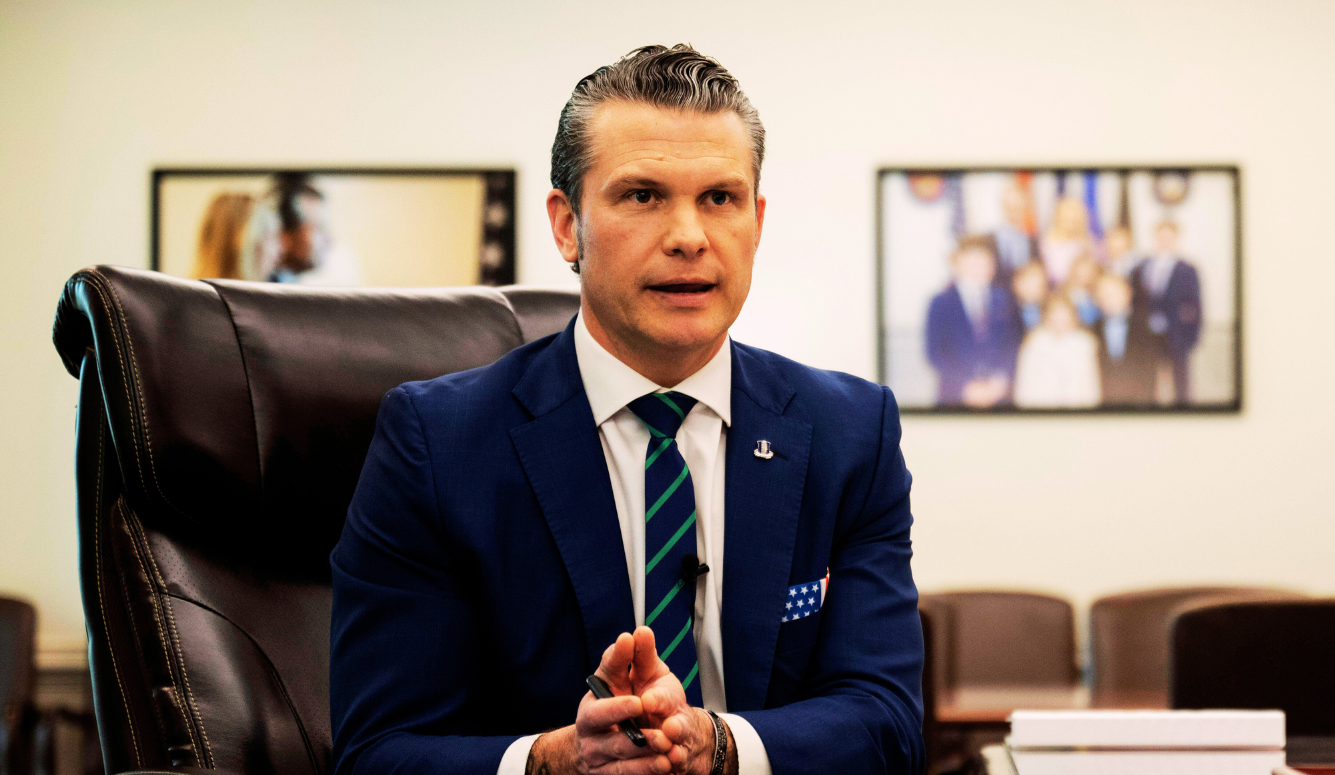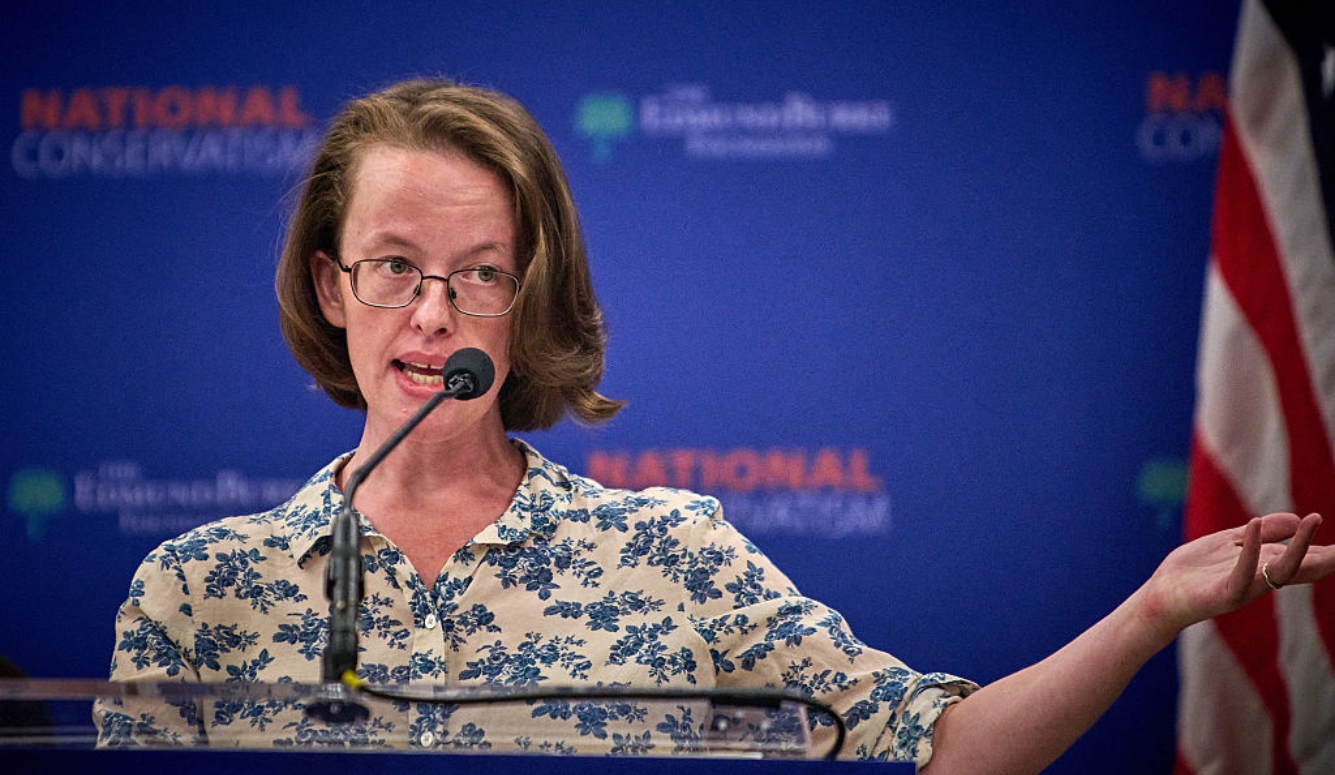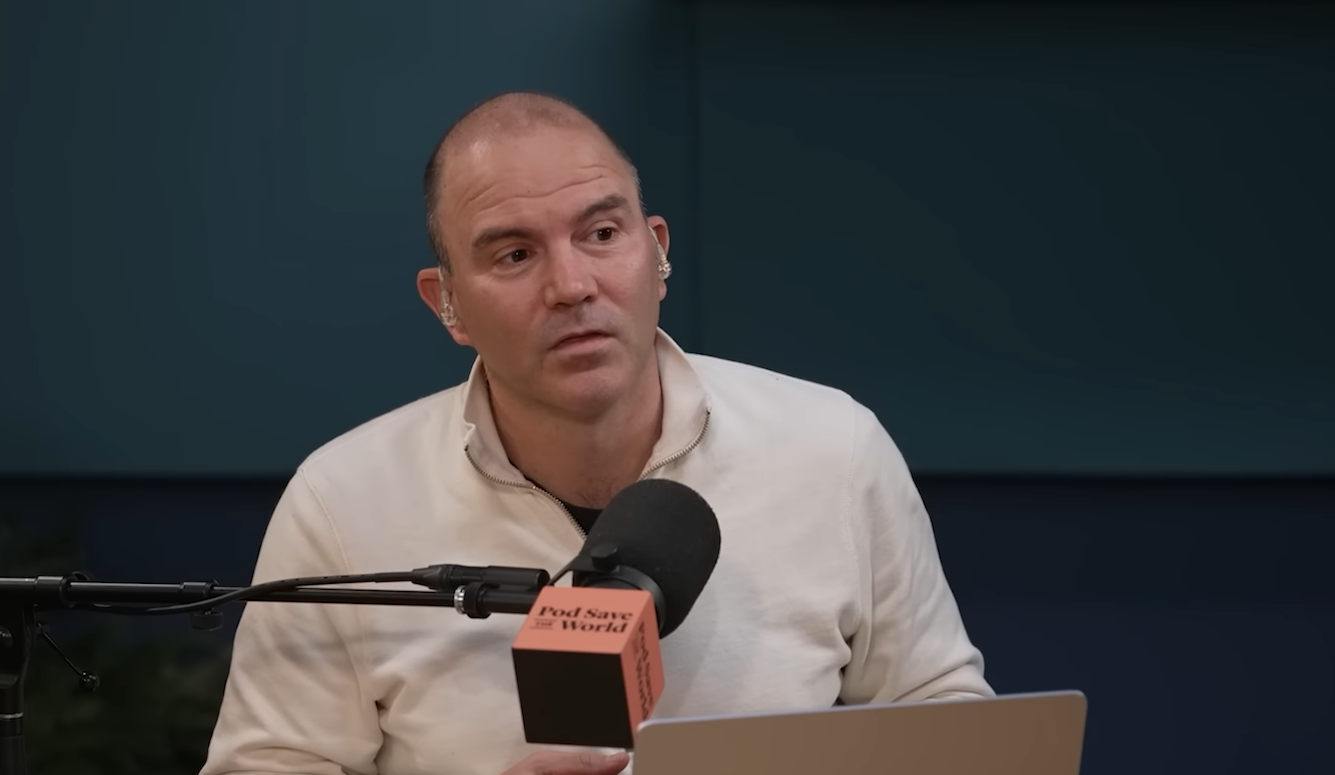Trans Issues
The Scandal of Ana Caldas, and the Case for Sex Screening in Female Athletics
Caldas’s tragicomic sixteen-year saga—spanning record-breaking runs in four sports—demonstrates just how far some male athletes will go to hide their true identities.
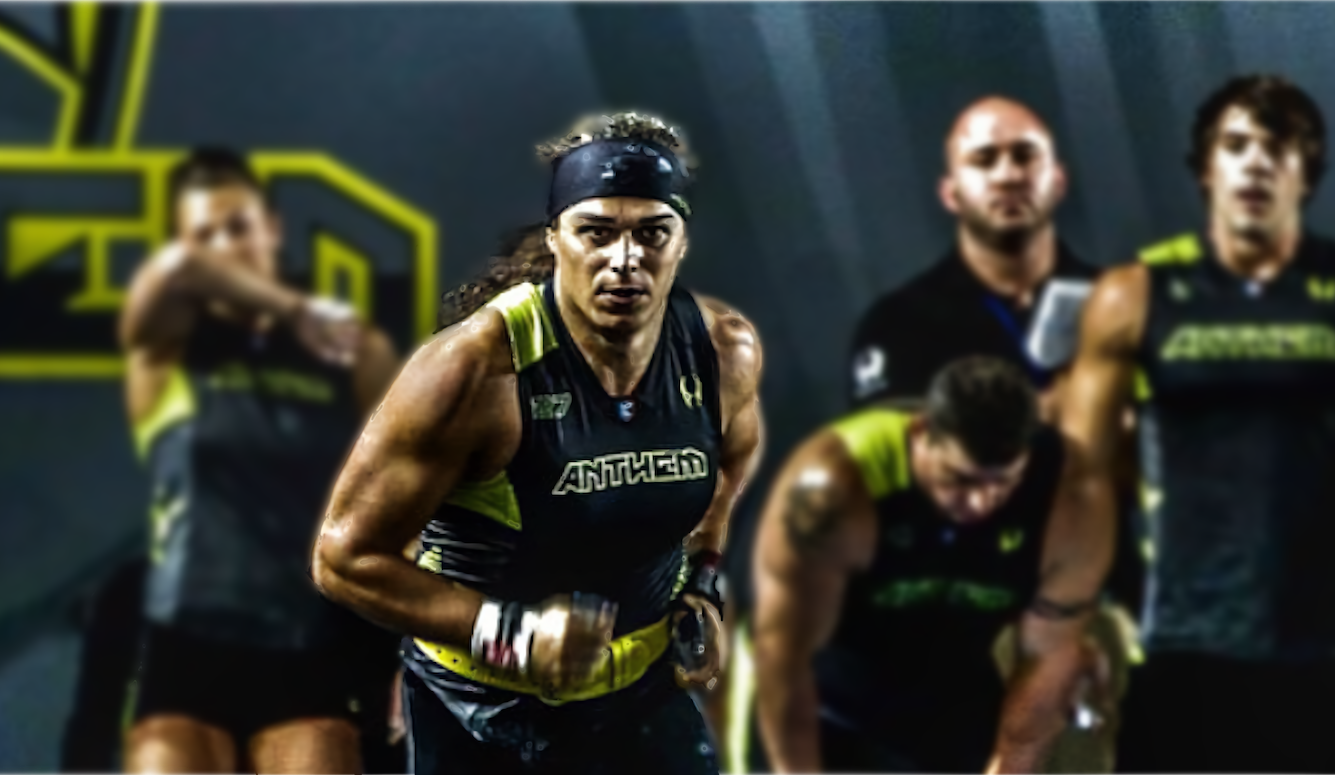
In 2016, a Portuguese-American athlete named Hannah Caldas participated in the female category of the “Monstar Games,” a large fitness competition held in Rio de Janeiro. The Games included a weightlifting challenge run by Brazil’s Fortify Equipamentos sporting-goods retail chain, whereby contestants were scored on how many times they could lift heavy balls over their heads in the space of a minute.
An event official asked Caldas to choose between one of two balls—weighing thirty and seventy pounds, respectively.
“How about the 120?” Caldas replied, pointing to a third, much larger ball.
According to Caldas’s subsequent recollection, the official explained that this wasn’t a realistic option for contestants registered in the female category, since “no girls had been able to pick it up.”
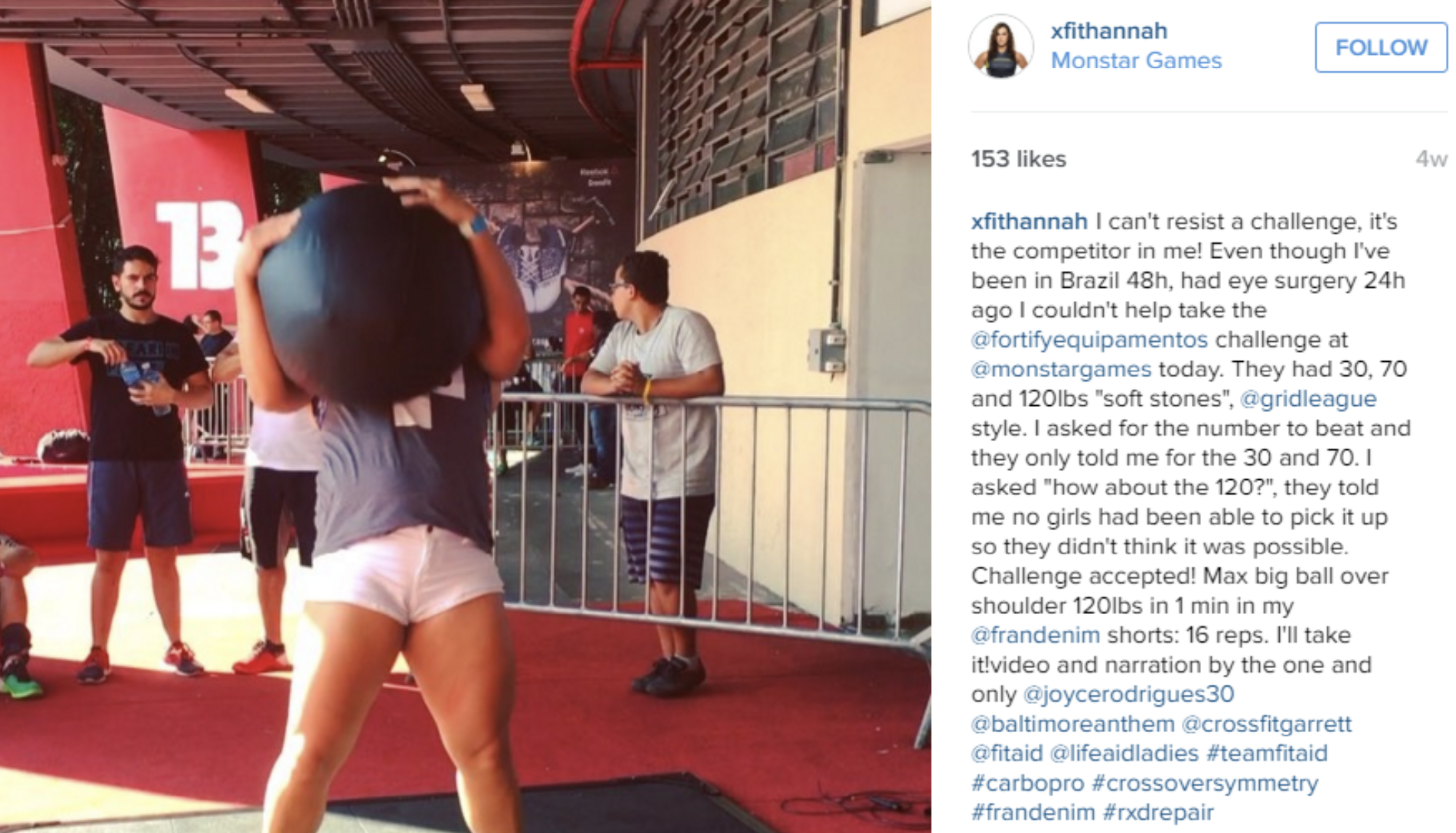
“Challenge accepted!” Caldas later wrote on Instagram. While a fellow athlete named Joyce Rodrigues filmed, Caldas proceeded to heave the 120-pound weight into the air no fewer than sixteen times.
As with many of Caldas’s triumphs, the athlete presented the episode as a case study in female empowerment. “I take offence sometimes to the phrase, ‘like a girl,’” Caldas has quipped. “I would like that phrase to be reworded to ‘like an athlete,’ because it doesn’t matter if you’re a girl or a guy. If you’re an athlete, you have the mentality, and you compete.”
But of course, where athletic competition is concerned, it very much does matter if “you’re a girl or a guy.” And Hannah Caldas, born as “Hugo,” is, biologically speaking, the latter—even if Caldas has spent the better part of two decades trying to erase any evidence of this fact.
Caldas currently works as a fitness trainer and has been involved in women's CrossFit and indoor rowing along with swimming.
— HeCheated.org (@hecheateddotorg) April 26, 2025
At the 2021 World Rowing Indoor Championships, he took first in the women's open 500, tying the world record set by Olympic rower Olena Buryak of Ukraine.… pic.twitter.com/FcJ5QETvtZ
“Hugo” Caldas became “Hannah” in 2008. Five years later, “Hannah” gradually started to become “Ana” (sometimes rendered as “Ana C.” or “Ana Do Carno”).
Bizarrely, “Ana” is also the name of Caldas’s only sibling—a mother of two children who still lives in Portugal. As a result, the two Anas now exist as a real-life gender-bending adaptation of the running Daryl-and-Daryl gag from 1980s-era Newhart comedy episodes. In 2015, when the biologically male Ana posted on Facebook (where the account name still indicated “Hannah”) to report that “today is the day I take my [US] citizenship test,” the sister joked, “now you can sponsor me [into the United States].”
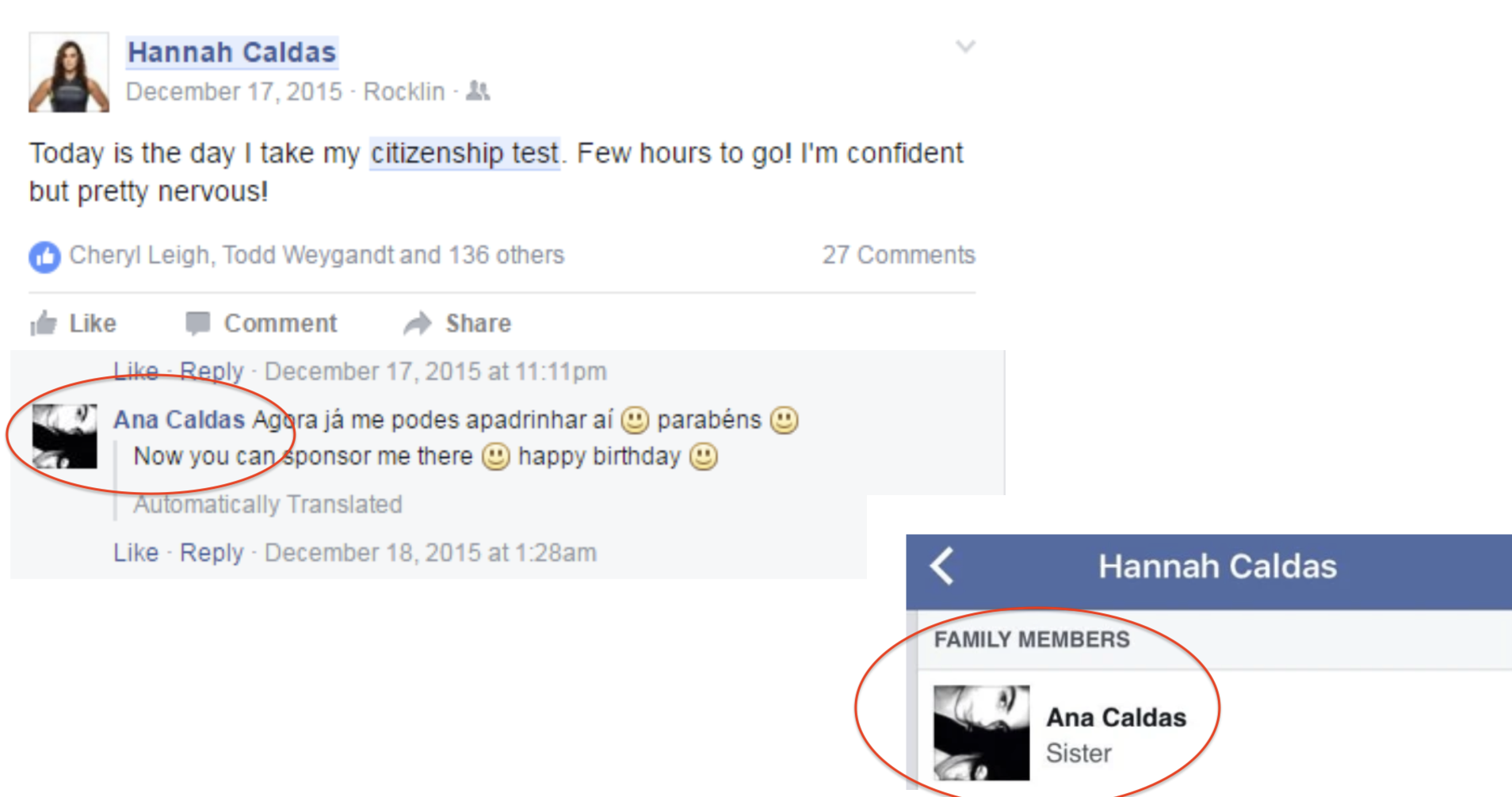
Since 2009, Caldas has racked up an abundance of cash prizes, tournament victories, and world records in swimming, rowing, CrossFit, and Grid League (a now defunct weightlifting competition). Throughout it all, Caldas maintained a hyperactive social-media presence, posting a steady stream of selfies from workout facilities, competitions, locker rooms, and poolside vacations; typically in tight outfits that accentuated a muscular, meticulously epilated physique.
This kind of manic exhibitionism isn’t uncommon in the athletic world, of course (especially among weightlifters). But Caldas’s carefully curated fitness-fashion photo spreads signalled something beyond mere gym-floor egomania. They also seemed to comprise an ongoing public-relations campaign, aimed at suppressing sceptics who didn’t believe that Caldas was actually female.
That campaign proved enormously effective. As detailed below, it wasn’t until last week—sixteen and a half years after Caldas first began competing in women’s categories—that anyone in a position of authority in any sport decisively called Caldas to account for masquerading as a female-born athlete.
Excerpt from 2016-era Grid-league promotional video featuring Hannah Caldas.
Hugo Caldas was born 48 years ago to Portuguese parents. Aside from that, we know nothing about the athlete’s early life, as every detail from Hugo’s childhood and young adulthood seems to have been meticulously scrubbed from Caldas’s socials and other online sources.
In 2006, following schooling in England and Scotland, Caldas—by now almost thirty years old—began work as an Associate Professor of Neurosurgery at Wake Forest University in North Carolina. During this period, Caldas competed as a male athlete in competitive events organised under the auspices of U.S. Masters Swimming (USMS), a nonprofit recreational organisation dedicated to “empower[ing] adults ages 18 to 100+ to improve their lives through swimming” across the United States.
Hugo Caldas, as the athlete then was, also happened to be openly gay. We know this because one of the three photos of “Hugo” that Caldas never managed to expunge from the internet shows a short-haired man posing with fellow members of the Ohio Splash, an all-gay swim club, at the 2001 Gay and Lesbian Aquatics Championships in Toronto (where the Splash reportedly placed third).
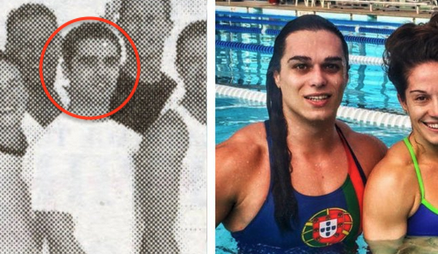
It’s hard to know the exact moment when Hugo became Hannah, but relevant clues appear in university documentation. The 2007–08 Bulletin of Wake Forest University has “Hugo Caldas” listed as an assistant professor in two different departments. The 2008–09 version of the same publication, on the other hand, has Caldas listed as “Hugo” in one department and “Hannah” in another. Both “Hugo” and “Hannah” are listed as having identical British educational backgrounds; and a patent application with Caldas’s name on it, filed in connection to academic research conducted during this period, lists Caldas under both names: “Hugo (Hannah).”
It’s unknown whether Caldas employed hormone treatments during and after the Hugo-to-Hannah transformation. But if so, their use doesn’t seem to have affected Caldas’s athletic performance significantly. In 2022, an enterprising sleuth within the CrossFit community determined that “Hugo” and “Hannah” posted roughly similar times in the same swimming events.

USMS records indicate that it was 23 January 2009 when a new swimming sensation identified as “Hannah Caldas” suddenly appeared on the women’s USMS racing scene. Despite being a complete unknown, Caldas immediately began dominating the competition in the 30–34-year-old age group—including winning five out of six events at Caldas’s inaugural tournament in Charlotte, NC. The performances were so astounding that Caldas reportedly almost hit a benchmark time for Portugal’s women’s Olympic swimming team (missing the cut by a mere 0.3 seconds).
This would be a shockingly impressive athletic run for anyone—let alone a (nominal) rookie such as Caldas, who was able to blast past former NCAA swimming stars with ease despite having no collegiate training as a female athlete; and who was, by this point in life, a full decade past the prime age for Olympic-calibre swimmers.
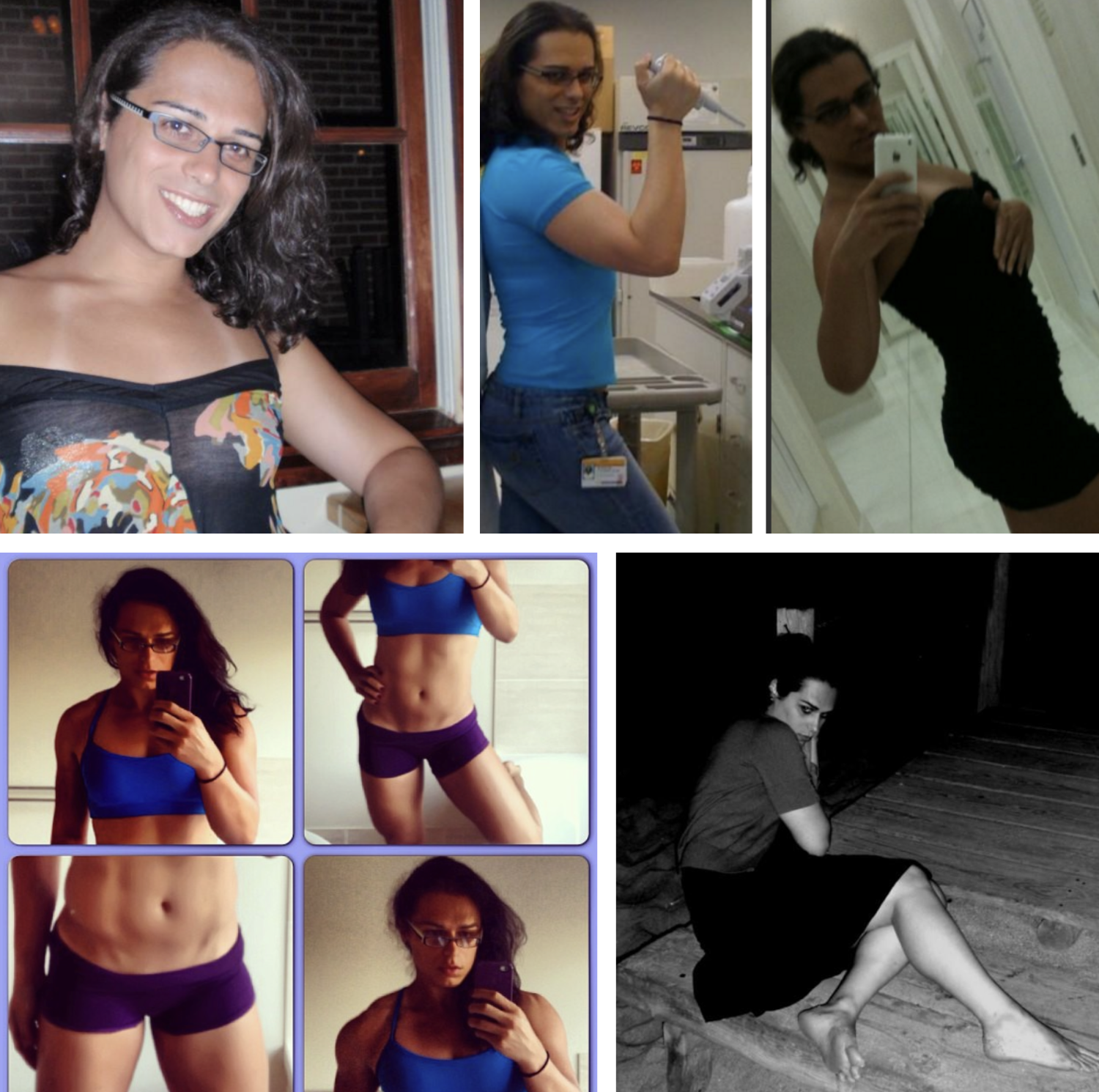
But of course, it’s a lot less impressive once one is reminded that, unlike everyone else in the pool at the time, Caldas isn’t a biological woman.
